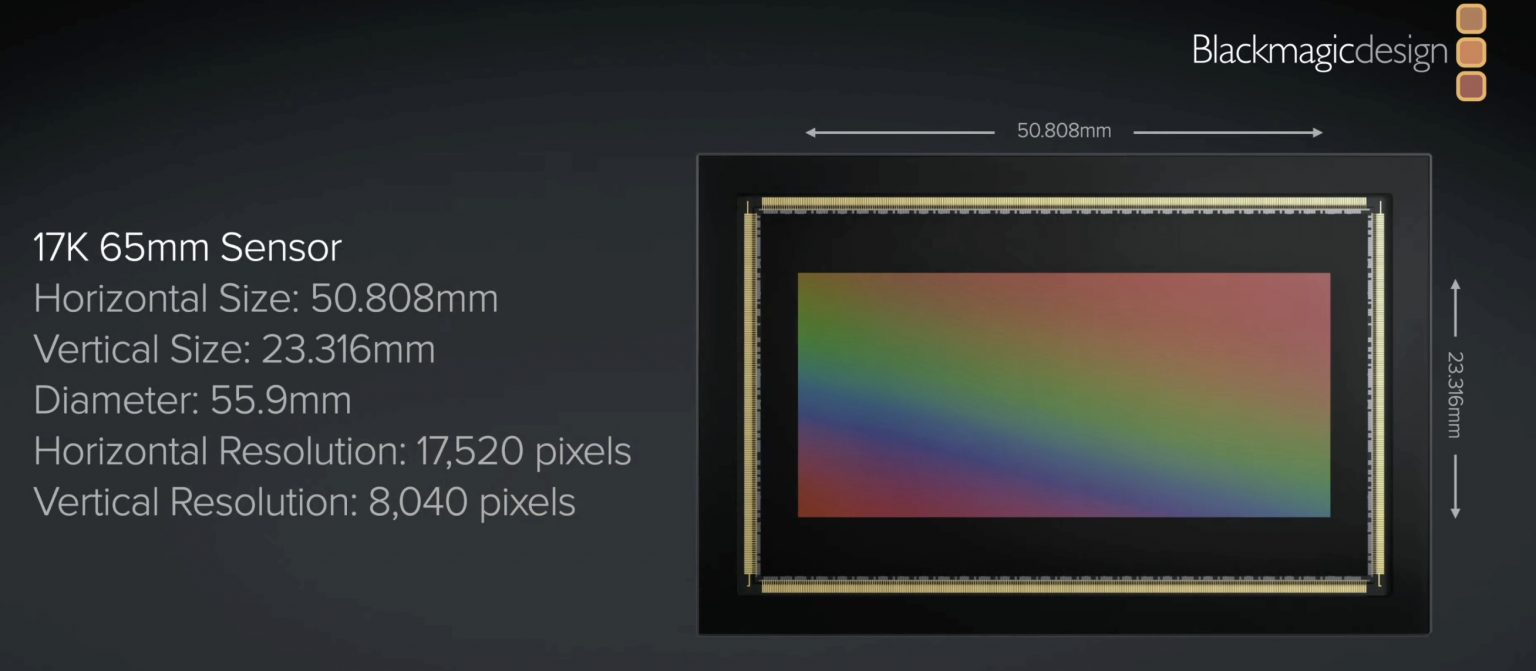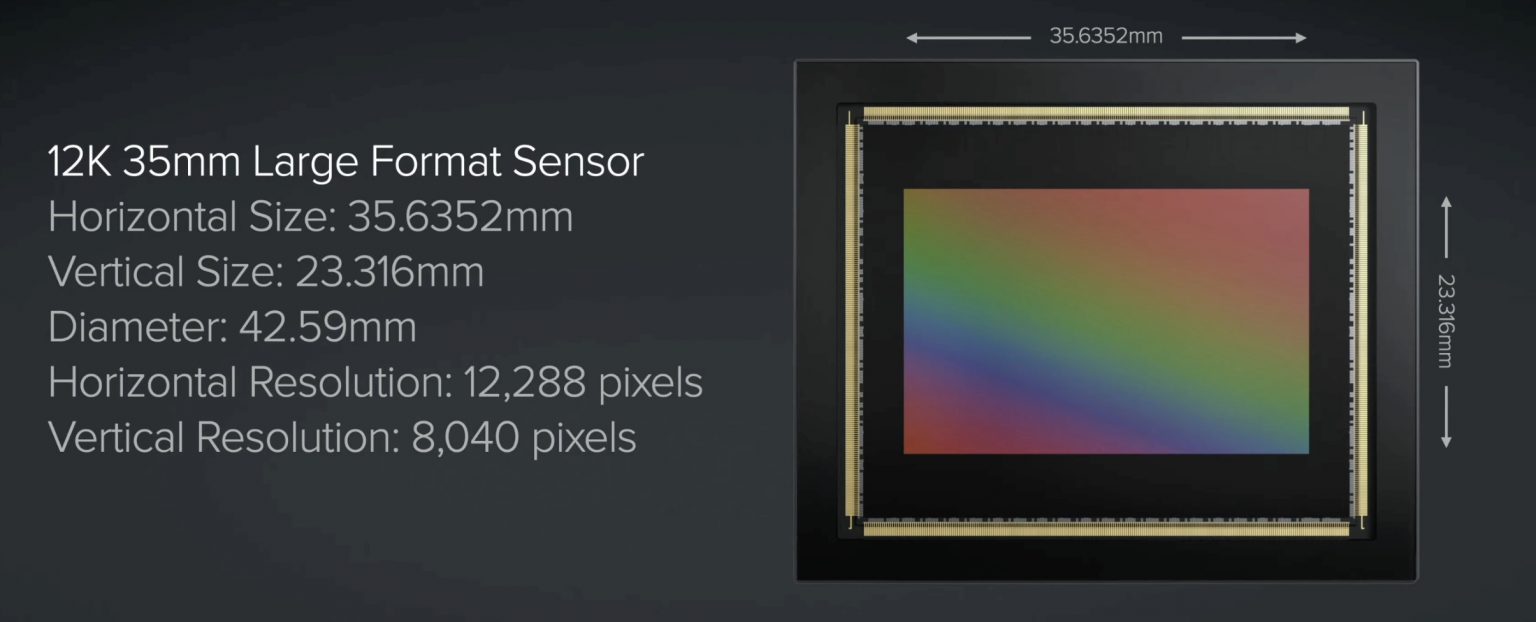https://www.dpreview.com/interviews/6004010220/sigma-full-frame-foveon
Full-frame Foveon sensor "still at design stage" says Sigma CEO, "but I'm still passionate"
"Unfortunately, we have not made any significant progress since last year," says Sigma owner and CEO Kazuto Yamaki, when asked about the planned full-frame Foveon camera. But he still believes in the project and discussed what such a camera could still offer.
"We made a prototype sensor but found some design errors," he says: "It worked but there are some issues, so we re-wrote the schematics and submitted them to the manufacturer and are waiting for the next generation of prototypes." This isn't quite a return to 'square one,' but it means there's still a long road ahead.
"We are still in the design phase for the image sensor," he acknowledges: "When it comes to the sensor, the manufacturing process is very important: we need to develop a new manufacturing process for the new sensor. But as far as that’s concerned, we’re still doing the research. So it may require additional time to complete the development of the new sensor."
The Foveon design, which Sigma now owns, collects charge at three different depths in the silicon of each pixel, with longer wavelengths of light able to penetrate further into the chip. This means full-color data can be derived at each pixel location rather than having to reconstruct the color information based on neighboring pixels, as happens with conventional 'Bayer' sensors. Yamaki says the company's thinking about the benefits of Foveon have changed.
"When we launched the SD9 and SD10 cameras featuring the first-generation Foveon sensor, we believed the biggest advantage was its resolution, because you can capture contrast data at every location. Thus we believed resolution was the key." he says: "Today there are so many very high pixel-count image sensors: 60MP so, resolution-wise there’s not so much difference."
But, despite the advances made elsewhere, Yamaki says there's still a benefit to the Foveon design "I’ve used a lot of Foveon sensor cameras, I’ve taken a bunch of pictures, and when I look back at those pictures, I find a noticeable difference," he says. And, he says, this appeal may stem from what might otherwise be seen as a disadvantage of the design.
"It could be color because the Foveon sensor has lots of cross-talk between R, B and G," he suggests: "In contrast, Bayer sensors only capture R, B and G, so if you look at the spectral response a Bayer sensor has a very sharp response for each color, but when it comes to Foveon there’s lots of crosstalk and we amplify the images. There’s lots of cross-talk, meaning there’s lots of gradation between the colors R, B and G. When combined with very high resolution and lots of gradation in color, it creates a remarkably realistic, special look of quality that is challenging to describe."
The complexity of separating the color information that the sensor has captured is part of what makes noise such a challenge for the Foveon design, and this is likely to limit the market, Yamaki concedes:
"We are trying to make our cameras with the Foveon X3 sensor more user-friendly, but still, compared to the Bayer sensor cameras, it won’t be easy to use. We’re trying to improve the performance, but low-light performance can’t be as good as Bayer sensor. We will do our best to make a more easy-to-use camera, but still, a camera with Foveon sensor technology may not be the camera for everybody."
But this doesn't dissuade him. "Even if we successfully develop a new X3 sensor, we may not be able to sell tons of cameras. But I believe it will still mean a lot," he says: "despite significant technology advancements there hasn't been much progress in image quality in recent years. There’s a lot of progress in terms of burst rate or video functionality, but whe
n you talk just about image quality, about resolution, tonality or dynamic range, there hasn’t been so much progress."
"If we release the Foveon X3 sensor today and people see the quality, it means a lot for the industry, that’s the reason I’m still passionate about the project."



























